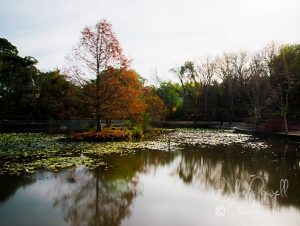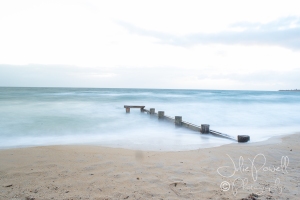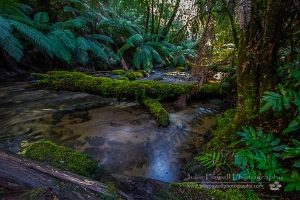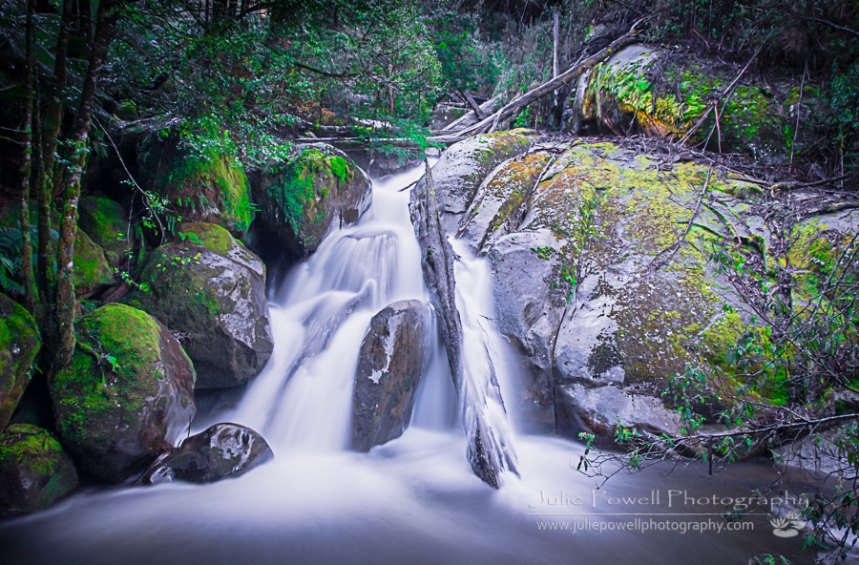I can honestly say that long exposures of silky waterfalls, with dappled sunlight and mossy rocks, was what inspired the birth of my photographic journey. I thought only the most amazingly talented photographers in the world could do this. This wonderful invention the internet, has been a vast plethora of information and instructions on virtually any topic you can think of, and many you never have! It is truly amazing and people give so freely of their time (in most cases), the learning curve can be as tight, or light as you wish.
So today I thought I would share my experience on ND Filters and Long Exposure Photography, please understand that I am NO EXPERT here, and I only dabble. This is I guess a follow up from my first experience back in March.
I now am beginning to understand why there are two fields of Long Exposure Photography in some respects; beach and waterfalls (bushland). I have only shot at the beach up until recently, and even if you think it is dark at the beach, there is still a lot of ambient light, until of course it is actually pitch black. However when you are shooting a waterfall in a dense, lush forest, there is in fact much less light.
Beach or Open area Exposures
 Whether you are shooting a lake, a river the incoming tide, a rockpool, a pier, a sunset there is still a fair bit of ambient light, I use a ICE ND1000 filter, this is a 10 stop filter. It is a circular filter, I usually find that ND1000 is great to get some lovely long exposures, sure there are things like the Firecrest16 which allows really long exposures, but I have not used them and cannot comment – good or bad. So there are some draw backs with the Circular ND Filter, sure, but these are easy to counteract.
Whether you are shooting a lake, a river the incoming tide, a rockpool, a pier, a sunset there is still a fair bit of ambient light, I use a ICE ND1000 filter, this is a 10 stop filter. It is a circular filter, I usually find that ND1000 is great to get some lovely long exposures, sure there are things like the Firecrest16 which allows really long exposures, but I have not used them and cannot comment – good or bad. So there are some draw backs with the Circular ND Filter, sure, but these are easy to counteract.
I work on the following settings and have found most shots usually work out very well. I place the camera on my tripod, make sure every thing is locked down and tight. Now with the ND Filter off (cannot see with it on) use auto focus to get everything as you would like it. I set the camera to manual (manual focus as well), carefully screw the ND Filter onto the end of your lens. ISO 100, Aperture F/22 (lets in minimal light), shutter speed 30 secs. Remember if you leave a UV Filter on or a CL Polarizer Filter as well it will add another 1 stop to your image. You can use a remote trigger, or just carefully push the button. Now the image will sometimes, be a little dark, which can be fixed in Lig htroom or Photoshop, if it is too dark, put it on bulb and try a little longer, or try a slightly larger aperture. If it is too light try a shorter time, say 15-20 seconds. Alternatively on my Nikon I can adjust the exposure in the camera as well and -/+ f stops. I have used this on occasion to get it right in the camera. If you don’t want to put the filter on after you have focused you can also try focusing with it on; try switching to live view, bumping the exposure all the way up, auto focus, drop the exposure down to normal, occasionally I find it will not take the picture properly or at all…….try switching the focus to manual before the shoot. Oh and don’t forget to remove the lens cap!! And don’t forget to take OFF long exposure settings once done.
htroom or Photoshop, if it is too dark, put it on bulb and try a little longer, or try a slightly larger aperture. If it is too light try a shorter time, say 15-20 seconds. Alternatively on my Nikon I can adjust the exposure in the camera as well and -/+ f stops. I have used this on occasion to get it right in the camera. If you don’t want to put the filter on after you have focused you can also try focusing with it on; try switching to live view, bumping the exposure all the way up, auto focus, drop the exposure down to normal, occasionally I find it will not take the picture properly or at all…….try switching the focus to manual before the shoot. Oh and don’t forget to remove the lens cap!! And don’t forget to take OFF long exposure settings once done.
Bush & Forest Exposures
 Now as I previously stated in a forest or dense bush it is much darker, and here I can see why many people opt for a ND400 filter which is 4 stop filter, not so dark. I tried using my ND1000 at the base of a really dark waterfall, all I got even after a few minutes exposure was a black image. I could take the filter off and still get a really good 30 second exposure, it was so dark. An ND400 would possibly give you a 2-3 minute exposure, quite easily, my ND1000 was more like 16 minutes………..I don’t have that kind of patience. However when I moved down the river and into a little more light I managed to get some good exposures if I adjusted the exposure in the camera, and took 20 – 30 seconds in most cases.
Now as I previously stated in a forest or dense bush it is much darker, and here I can see why many people opt for a ND400 filter which is 4 stop filter, not so dark. I tried using my ND1000 at the base of a really dark waterfall, all I got even after a few minutes exposure was a black image. I could take the filter off and still get a really good 30 second exposure, it was so dark. An ND400 would possibly give you a 2-3 minute exposure, quite easily, my ND1000 was more like 16 minutes………..I don’t have that kind of patience. However when I moved down the river and into a little more light I managed to get some good exposures if I adjusted the exposure in the camera, and took 20 – 30 seconds in most cases.
I do not have an ND400, but common sense dictates you would use it the same way, with pretty much the same settings. There is a smart phone app, that can help work it all out for you, you can find it here.
Additional Links
Some additional Links you may find handy as well
http://www.imagen-estilo.com/Articles/Filters/nd-filters-and-shutter-speed.html
Please note that this all relates to daytime long exposure photography, not astro, nighttime or star trails, they are all very different. You could still use everything from above for sunrise, sunset, or dusk, however in saying that remember to take the minimal light into account.
Happy snapping
– Julz


A great topic, julz… I use the Kenko PL Fader ND3-ND400. I find ND400 already dark and with your ND1000, that’s almost pitch black. 🙂
I usually use my PL Fader for my cloud photography shots when the sun is up high and so bright and I want the clouds to be more fluffier. 🙂
LikeLiked by 1 person
So that’s one u turn and it gets darker or the filter is graduated from top to bottom
LikeLiked by 1 person
It’s a circular variable ND filter… Like a CPL which you turn. 🙂
LikeLiked by 1 person
Oh I have a hoya variable nd…..I hate it lol
LikeLiked by 1 person
Hahaha! Why? I love my kenko pl fader… 🙂
LikeLiked by 1 person
Can’t go darkenough and gives too much vignette
LikeLiked by 1 person
Yup, that’s awful. So far, I don’t have those issues yet. And if I need to go really dark, I have my pl fader over my cpl. Hehehe!
LikeLiked by 1 person
I have a Marumi circular ND400 adjustable and I really liked it for waterfalls and found it more than sufficient to get the soft water effect.
Now I have upgraded to the Lee soft and hard grads and the Big Stopper and have had some fun with that at the beach and also on a really tall waterfall in Tasmania but I havent processed those images yet. The Lee system is more fiddly but I don’t mind it, makes you slow down and appreciate your surroundings more and take your time.
LikeLiked by 1 person
I guess I hadn’t thought of it from that point of view, just the cost. hehehe
LikeLike
Reblogged this on Windlight Magazine and commented:
Great article from Julie Powell on how to create long exposures:
LikeLiked by 1 person
Thanks John
LikeLike